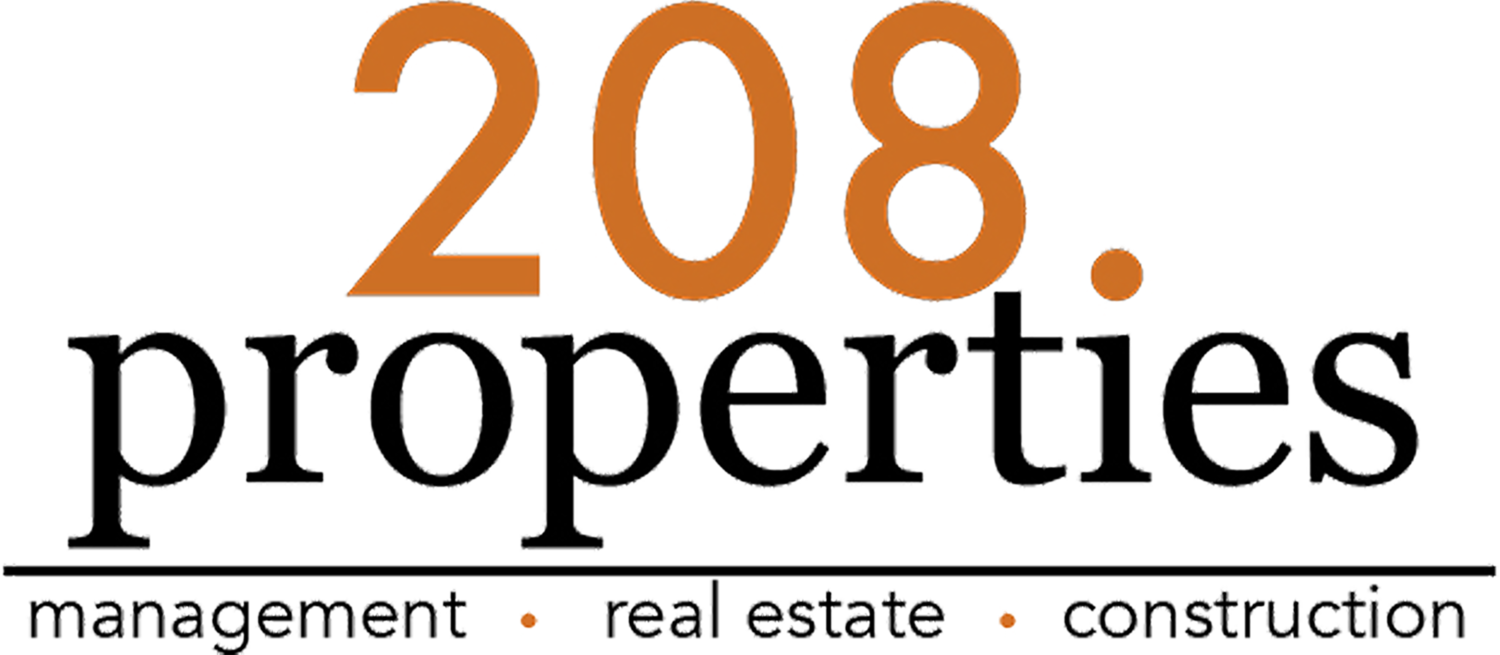Real estate can be a powerful wealth-building tool, but savvy investors know the real value lies not just in cash flow and appreciation — it’s also in the tax advantages. Whether you own a single-family rental or a sprawling multi-family property, understanding the tax code can make a major impact on your returns. Here are some of the most successful tax strategies to maximize your profits and protect your investments.
Depreciation Deductions
What It Is
Depreciation allows you to deduct a portion of the property's value each year over a set period — 27.5 years for residential properties.
Single-Family Example
John buys a single-family rental home for $250,000 (excluding $50,000 land value). He can deduct approximately $7,273 per year in depreciation ($200,000 ÷ 27.5 years), reducing his taxable income.
Multi-Family Example
Maria purchases a 12-unit apartment complex for $1.2 million (with $200,000 allocated to land). She can deduct about $36,364 per year in depreciation. If she hires a cost segregation specialist, she might accelerate much of this deduction into the first few years, dramatically lowering her taxable income.
Cost Segregation for Accelerated Depreciation
What It Is
Cost segregation is a tax strategy that identifies and separates personal property components (e.g., appliances, carpets) from the building, allowing them to be depreciated over 5, 7, or 15 years instead of 27.5.
Single-Family Example
After purchasing a rental property, Sarah conducts a cost segregation study and identifies $30,000 in components that can be depreciated over 5 years. This gives her larger deductions in the early years, improving cash flow.
Multi-Family Example
Tom invests in a 50-unit apartment complex. His cost segregation study identifies over $300,000 in short-life assets. Thanks to bonus depreciation (100% through 2022, phased down after), he writes off a huge chunk in the first year, effectively wiping out most of his rental income on paper.
1031 Exchange
What It Is
A 1031 exchange allows investors to defer capital gains taxes by reinvesting proceeds from a sale into a "like-kind" property.
Single-Family Example
Emma sells a rental home with a $100,000 gain. Instead of paying capital gains tax, she rolls the profits into a duplex, deferring taxes and upgrading her portfolio.
Multi-Family Example
A partnership sells a 10-unit property for a $500,000 gain. They use a 1031 exchange to acquire a 20-unit complex, avoiding immediate taxes and boosting income potential.
Passive Loss Rules and Real Estate Professional Status
What It Is
Rental income is generally considered passive, and losses can be limited. However, real estate professionals (who meet specific IRS requirements) can offset other income with rental losses.
Single-Family Example
James, a full-time engineer, owns two rentals and shows a $15,000 loss. Because he’s not a real estate professional and earns over $150,000, he can’t deduct this loss against his W-2 income. The loss carries forward.
Multi-Family Example
Linda is a full-time real estate investor managing a 16-unit building. She qualifies as a real estate professional. Her $40,000 loss (thanks to depreciation) offsets her spouse’s W-2 income, significantly lowering their overall tax bill.
Deducting Expenses
What It Is
Real estate investors can deduct a wide range of business-related expenses, including mortgage interest, property taxes, repairs, insurance, travel, and even home office use.
Single-Family Example
Alex travels regularly to check on his out-of-state rental. His travel, meals, and lodging (as long as properly documented) are deductible.
Multi-Family Example
The management company for Paul’s 25-unit building incurs legal, marketing, and maintenance expenses — all deductible. By carefully tracking these costs, he lowers his taxable income and improves net returns.
Bonus Depreciation and Section 179
What It Is
Bonus depreciation allows investors to immediately deduct the full cost of certain improvements and assets. Section 179 is another way to deduct business equipment — with some limits.
Single-Family Example
Nina replaces appliances and installs a new HVAC system in her rental. She uses bonus depreciation to write off the entire cost in year one.
Multi-Family Example
A multi-family investor replaces 20 water heaters and installs security systems across the property. By using Section 179 and bonus depreciation, they write off the full cost immediately instead of capitalizing it.
Setting Up an LLC or Other Legal Entity
What It Is
Holding property in an LLC can offer liability protection and make tax filing more efficient. It doesn't always change your tax obligations, but it can offer strategic advantages.
Single-Family Example
Olivia holds her rental in an LLC for liability protection. It’s a single-member LLC, so she reports income on Schedule E, just as she would in her own name.
Multi-Family Example
A group of investors forms an LLC taxed as a partnership to purchase a 30-unit building. This allows profits, losses, and depreciation to be allocated according to each investor’s share and makes accounting cleaner.
Maximizing tax efficiency is one of the best ways to improve returns in real estate. Whether you're building a portfolio of single-family homes or scaling up with multi-family properties, the right tax strategies can mean the difference between average and exceptional returns. Always consult a qualified tax advisor or CPA to tailor these tips to your specific situation — and make sure Uncle Sam isn’t getting more than his fair share.
Want help maximizing your returns and managing your portfolio?
Explore our investor services and partner with 208.properties today.












